|
A group of intrepid explorers led by Malcolm Meltel and Ron Leidich climbed deep into the limestone forest on the island of Ulebsechel on Saturday, August 25th. The goal was to find a series of lost sink holes connected to the recently discovered "Calvin's Cave." The underwater labyrinth was found by Ron Leidich and his son Calvin during a Botany survey in late July. A team of tech divers is currently mapping the underwater maze of crystal caverns and narrow passages. This hike was the third attempt to access the interior of the forbidding limestone island, requiring climbs over vertical cliffs and descents into deep valleys. There are no trails or tracks to follow through the thick jungle. A compass, topographical map, and satellite image offered the only hints of the low valleys where the mysterious sink holes lie hidden under the canopy. The hikers were soon greeted with a fascinating clue from ancient occupants. Cleverly arranged calcium rocks had been compiled so as to provide level terraces on the otherwise uneven ground. Palau's famous rock islands were previously inhabited by the "Chad era Chelbacheb" (rock island people) though the villages were abandoned mysteriously over five hundred years ago. Could this stone work be a remnant from these ancient inhabitants? Or might this have been the work station of another group of distant mariners? It took over 45 minutes to scale the 250 foot high peak of Ulebsechel island. The climbers were in constant danger as the crumbling rock frequently collapsed beneath their feet during the ascent. Dodging blistering poison trees (Semecarpus venenosa) and sticker bushes added to the drama of the tropical heat and humidity. Fortunately the peak led to a series of cascading plateaus which made accessing the interior much easier than the introductory climb. The group of hikers took a break from climbing when a tropical downpour swept through the forest replacing the dappled light with dark shadows. The tropical squall lasted only ten minutes and was followed by a chorus of bird calls and an unexpected visitor. Slithering over the moss covered rocks, a cryptic Dwarf Boa emerged, tasting the air with his forked tongue for hints of potential meals (skinks) or predators (kingfishers). The presence of a boa in Micronesian is a bit of a biogeographical anomaly. The Family Boidae is of New World Origins, being largely ecologically replaced by the Old World Pythons. Boas and Pythons differ in their modes of reproduction with Boas giving birth to live young after the formation of eggs inside the females body (ovoviviparous) while Pythons lay eggs (oviparous). At a distant point in the past the Palauan Boa's ancestors rafted across the Pacific and struck landfall in Palau. Natural Selection favored individual snakes with smaller body sizes as the available prey in Palau was limited to small lizards. Thus over time, the Palauan Boa speciated in isolation to become an endemic dwarf. The evolutionary process of dwarfism is common on remote islands with Dwarf Mammoths & Stegodons being two mammalian examples. The Palauan Boa, Candoia superciliosa, is a harmless species lacking venom and possessing a calm disposition. After enduring the cold rain the little dwarf gladly coiled himself around the warm hands of Cyandal "CY" Williams. With renewed enthusiasm the warmed up little reptile slipped over the moss covered rocks and disappeared into the limestone crevices. After another hour of bouldering and vine swinging, additional clues to the island's past emerged. Shattered rocks glistened in the dappled forest light, forcing everyone to stop in their tracks. The crystal calcite strewn about the valley was evidence of a once massive cave system which had collapsed with an earth shattering tremor. Impervious to erosion, the flowstone remains as a testament to the past. The fragile nature of the crystals made them virtually useless to Palauans as they were too brittle for spear points. Another group of islanders however found the shining crystals irresistible... The Yapese sailed for 280 open ocean miles to quarry the calcite into effigies of the full moon. After a few more cautious steps through the forest our suspicions were confirmed. Though covered with mosses after hundreds of years of abandonment, the unmistakable outline of a forgotten stone disc emerged before our eyes. Clearly the giant stone had been shattered during the carving process and was left behind as proof of the Yapese efforts.
Buoyed by another epic discovery the explorers continued on through a maze of spiraling trees and giant lianas. An abandoned taro patch was further evidence that the Yapese has quarried stone in the area for several seasons. After reaching the lowest point of the topographical map however, it became obvious that the fabled sink holes would remain hidden a little longer. With fading daylight, it was time to work their way out of the deep forest. The dreams of a fresh water oasis lost in a limestone forest would have to wait for another day. For now the explorers departed with memories of a forest dwarf and forgotten treasure.
0 Comments
|
Categories |
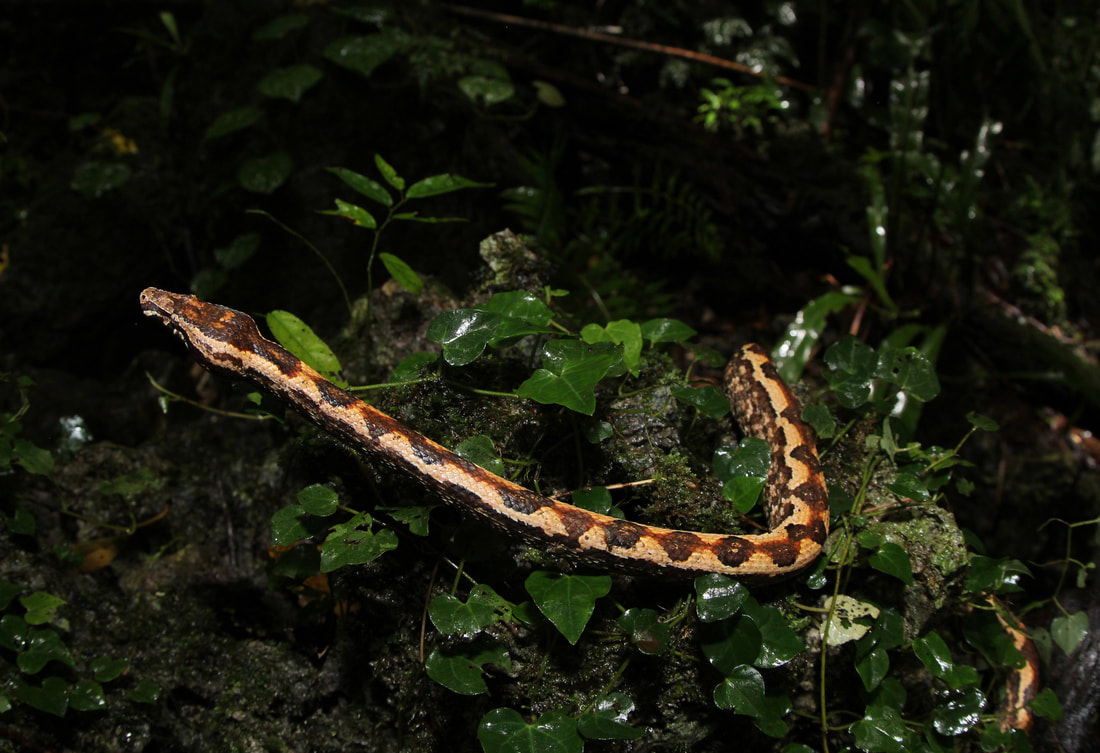
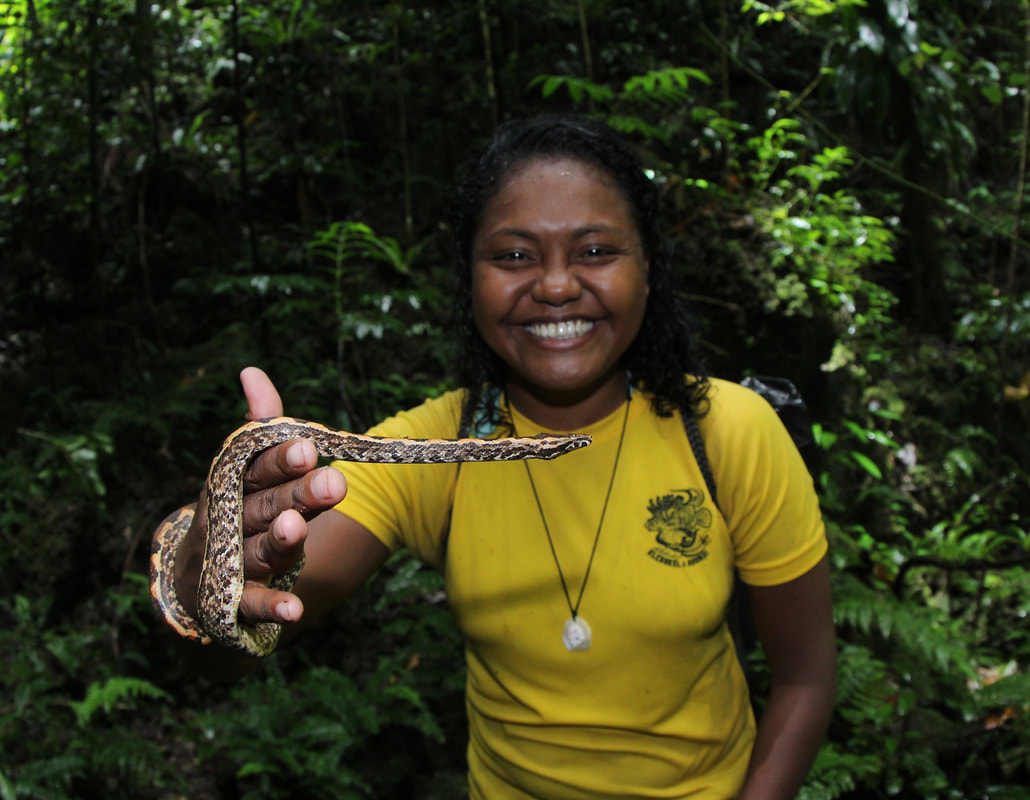
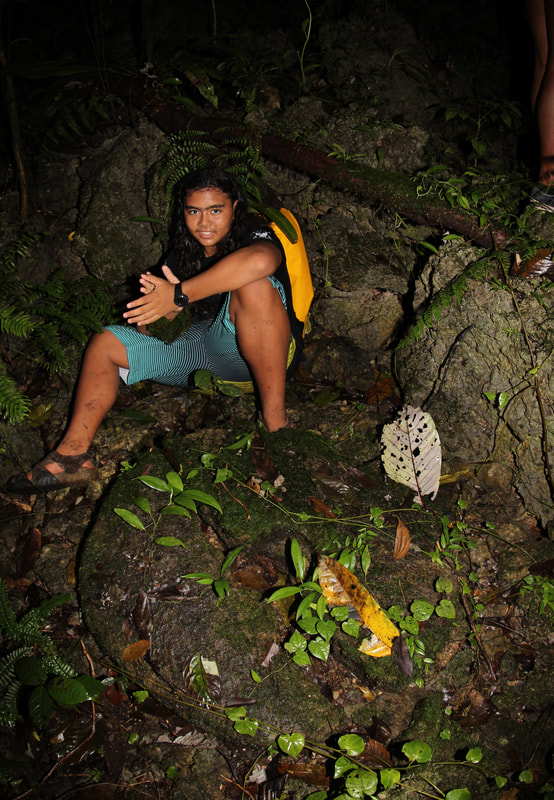
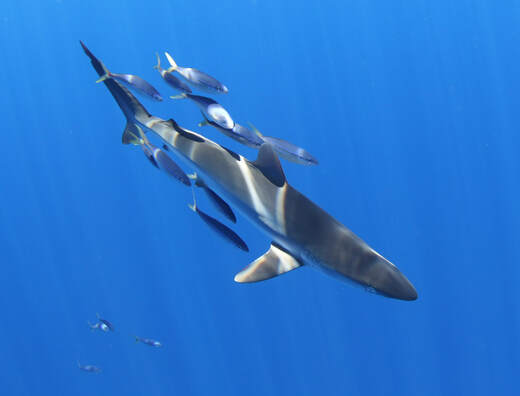
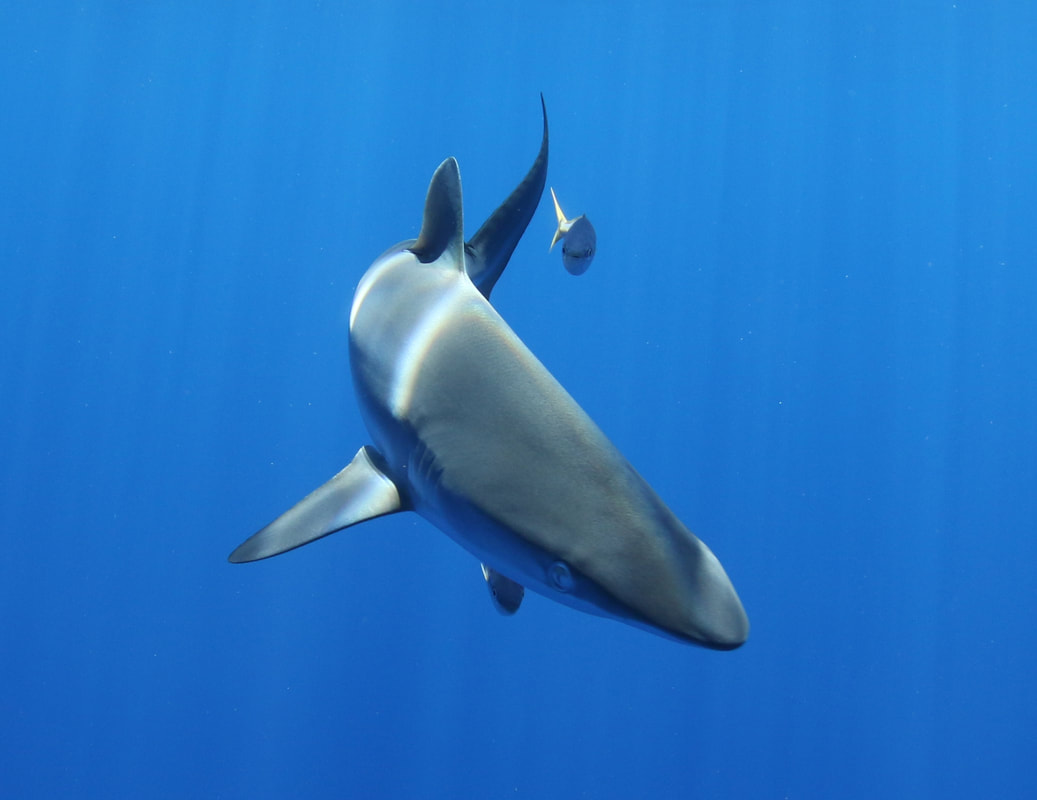
 RSS Feed
RSS Feed